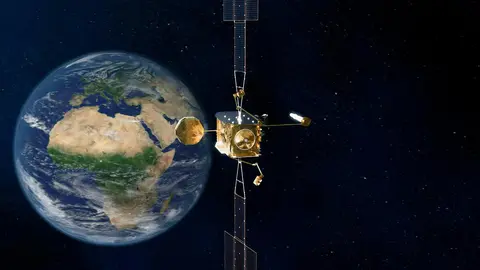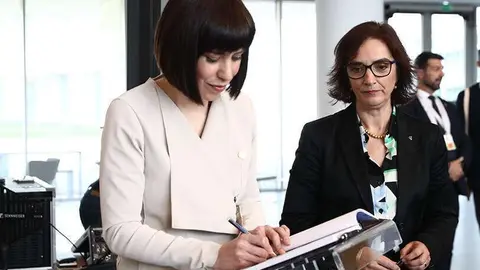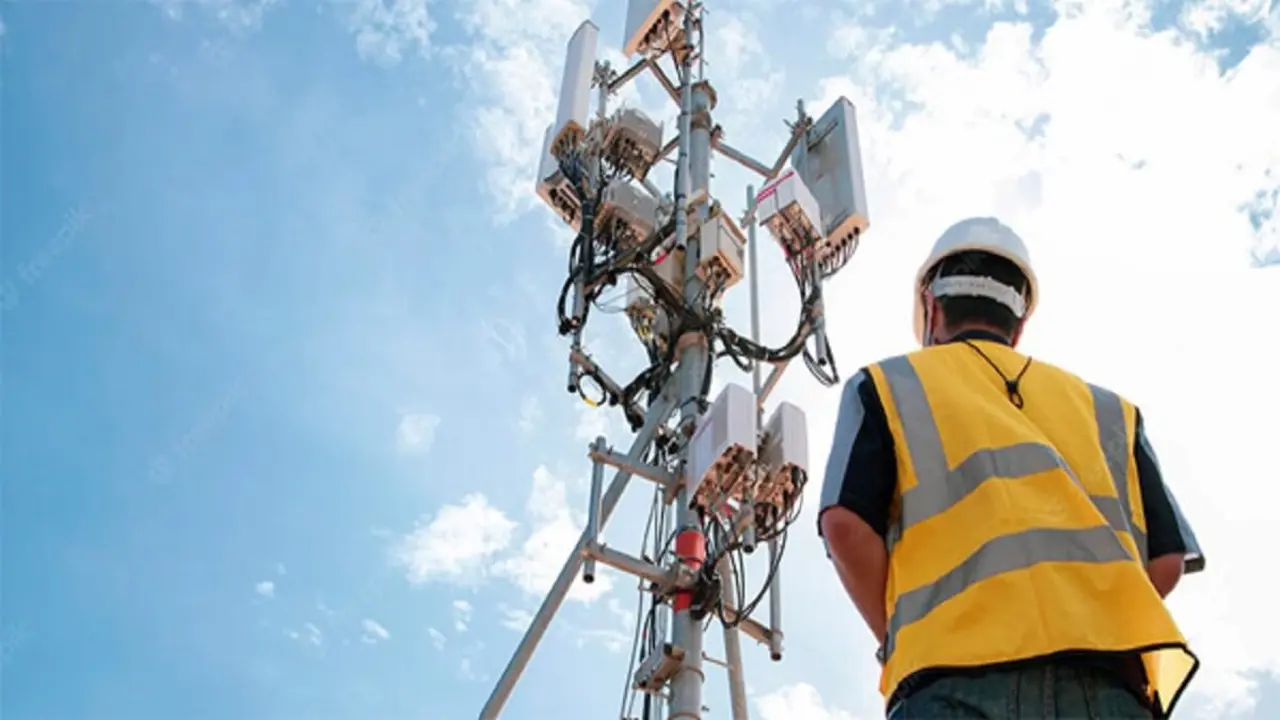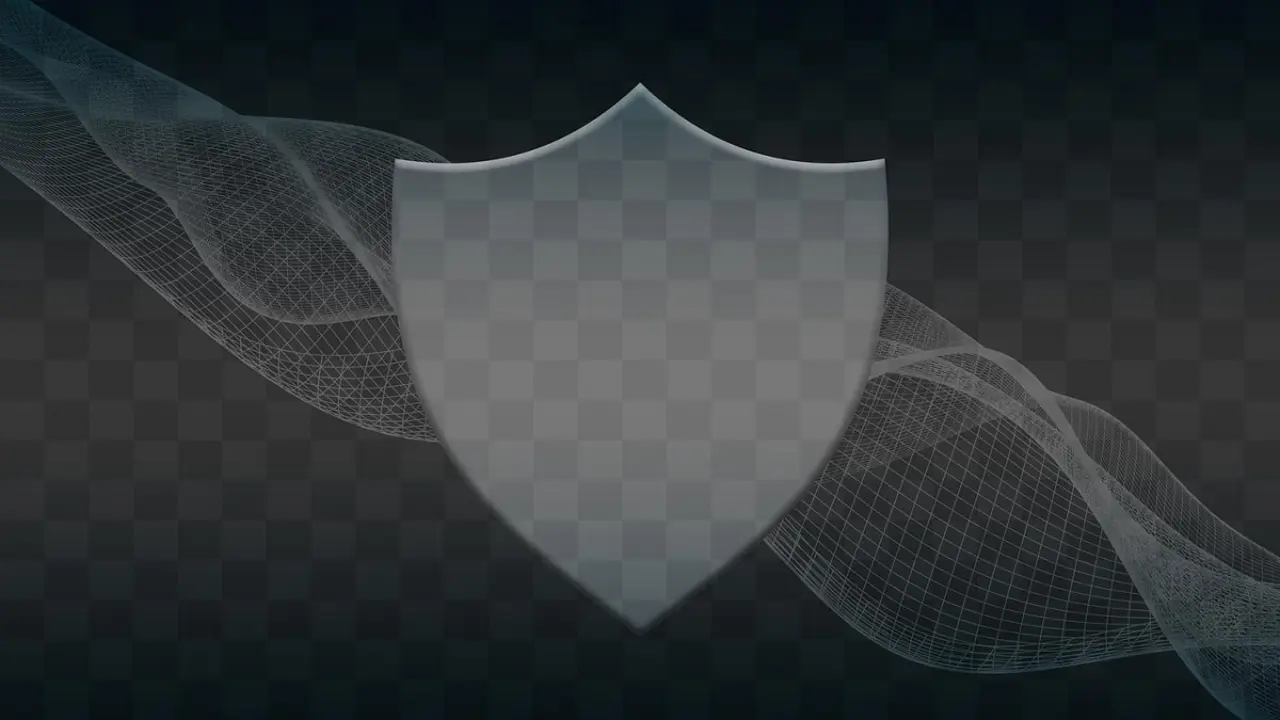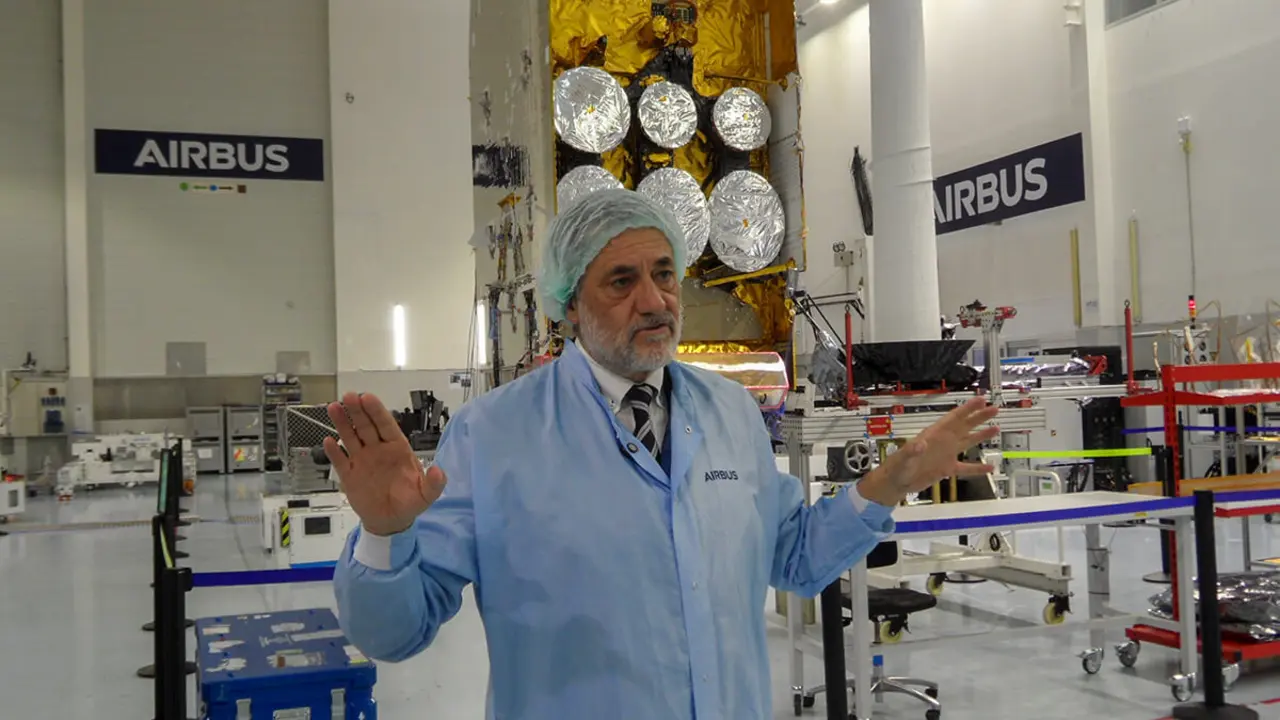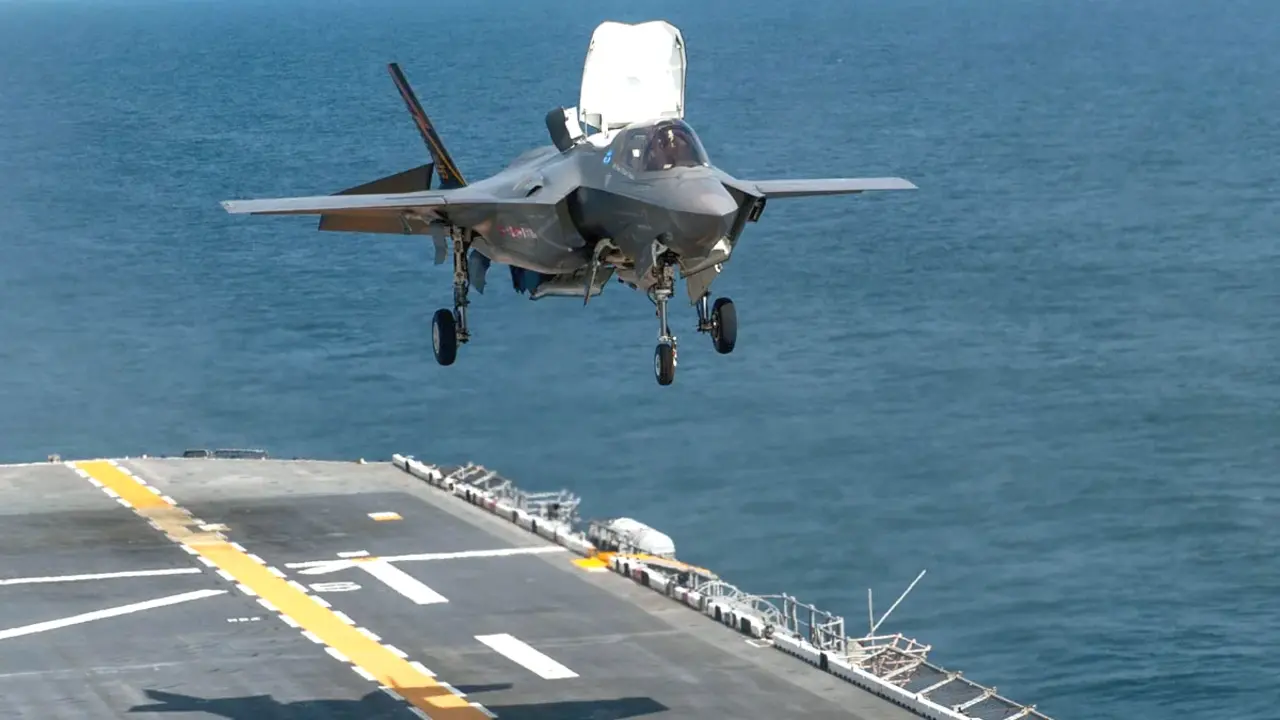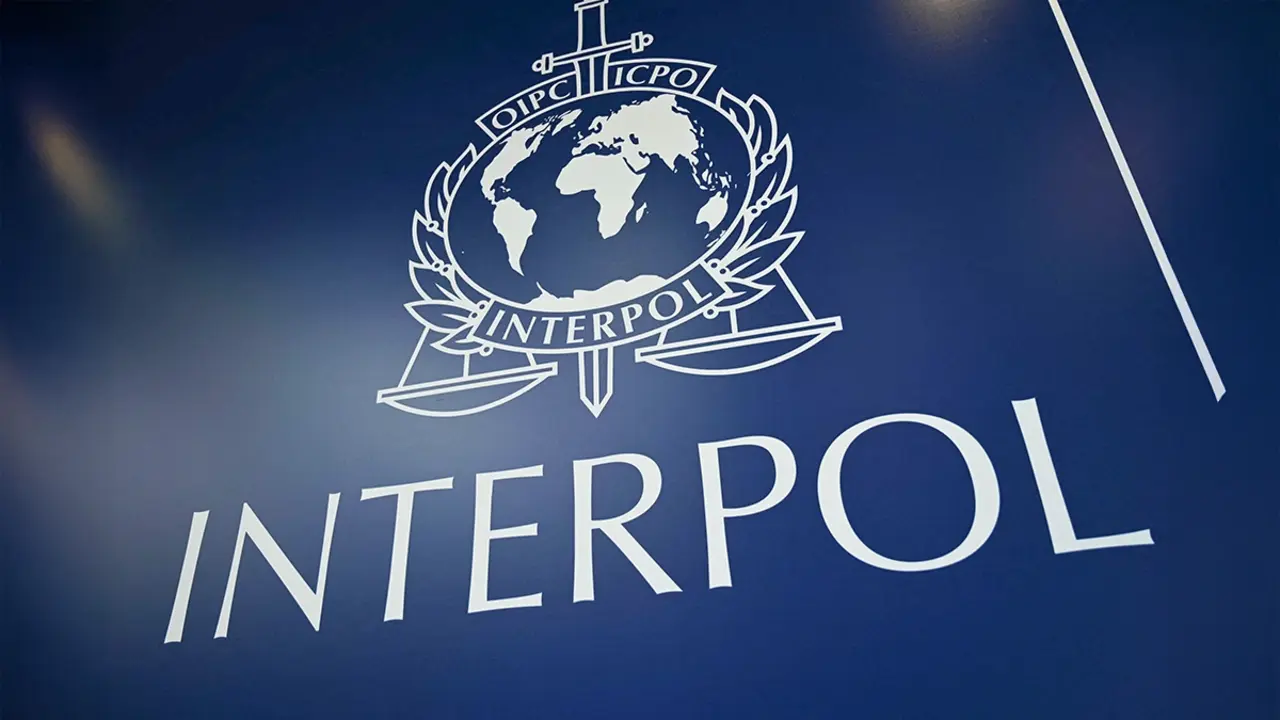Indra and ENAIRE want Startical to pioneer integrated air traffic control worldwide

The alliance between Spanish companies Indra and ENAIRE to develop a satellite constellation dedicated to improving the management of growing global air traffic from outer space has captured the interest of attendees at Madrid's first international show - Airspace Integration Week - dedicated to the integration of aerospace services.
Under the name Startical, it is a pioneering project launched by Indra, the leading national technology corporation, and ENAIRE, the public business entity - belonging to the Ministry of Transport, Mobility and Urban Agenda - which is the organisation responsible for air navigation services, aeronautical information and airspace management in Spain.
To carry Startical forward, both entities have established in equal parts the company also known as Startical, -established on 27 May 2021- whose executive director since last July is Enrique González Laguna, a veteran of the Spanish space sector, who has the responsibility of taking forward a technological challenge of the highest level.

The first task entrusted to González Laguna, who replaces Fernando García Martínez-Peñalver, is to complete the definitive start-up of the project, which is in its ground demonstration phase. With veteran engineer José Luis Chinchilla (Indra) as technical manager, both are immersed in trying to confirm that the selected technological solution is "viable".
The general manager of ENAIRE has been Enrique Maurer since 10 June - until then responsible for the company's air navigation services - who has had the opportunity to explain the situation of Startical. It is a project that was born "with great enthusiasm and, therefore, with a great future," he said, "by trying to globalise the services we know today, which are not the same as they were a few years ago.

Endorsing the technological option to bring more partners into the project
The aim of the Startical constellation is to offer combined voice, data and surveillance (ADS-B) VHF communications services (ADS-B), something that does not currently exist and which does not require any modifications to aircraft. It is a disruptive project that aims to respond to the specific present and future needs of air traffic controllers and airlines and which, according to the company, "will mark a before and after in air traffic management".
The head of ENAIRE assures that "I cannot conceive of Startical in the current situation". He sees it as the result of a "global alliance", because "whoever knows one thing, doesn't know another. Whoever knows about antennas, doesn't know about ground segment...".
Maurer is of the opinion that Startical "will grow little by little", because it has the vocation to "integrate new partners, both from the space sector, industry and other air navigation service providers". But he is aware that, in order to be able to invest or join the project, "as I would do, the first thing we have to do is to prove that the technical solution we have selected is viable".

Startical aims to provide quality services also in oceanic, polar and remote areas, where current radar networks and terrestrial systems cannot cover. The aim is to avoid aircraft having to increase their safety separation on arrival, which slows down and congests traffic on some of the world's busiest transoceanic trade routes, especially the North Atlantic.
In the opinion of ENAIRE's chief executive, "an international initiative of this type, if it is not a global project in which we also include other European, even global, suppliers, in my opinion... it would fall short". In this sense, Maurer confirmed that ENAIRE "is holding talks at the international level", with entities that see Startical "as having tremendous potential". He understands that "as soon as we demonstrate its technical viability, we will be able to form alliances with other partners and support the project with greater participation".

First major space constellation with a national stamp
Maurer revealed that the constellation will be made up of "at least 240 nano-satellites" and that current plans are geared towards putting a first demonstrator satellite into orbit "around 2025", although no launch vector has yet been contracted. Before that date, he does not rule out the use of balloons for a first flight demonstration phase.
Startical has successfully attracted interest and grants from the Climate Infrastructure and Environment Executive Agency (CINEA) through the EU's Connecting Europe Facility (CEF). In July 2022 it has received about 15 million euros to define by the end of 2026 Startical's technology demonstrator and operational concept (Echoes). It is coordinated by Startical and involves ENAIRE, Indra, Mitiga, NAV Portugal, the German Aerospace Agency (DLR) and 21 other entities from the aeronautical sector.

The engineers and technicians from Indra, ENAIRE and Startical are now immersed in finalising the definition of the size of the VHF antenna, its performance, the characteristics of the new satellites, which Maurer acknowledged "is costing us a lot", in order to finalise the first demonstrators that should lead to the production of the 240 nano-satellites.
Startical aims to be a great qualitative leap forward and become the first satellite infrastructure for air navigation that manages to add aircraft position monitoring services (ADS-B), a VHF radio voice and data communication system between controllers and pilots according to aeronautical standards. It is a pioneering project worldwide that aims to offer integrated surveillance and communications, as opposed to initiatives such as the American Aerion, which only provides surveillance.

Startical's initial plans set out in mid-2021 are structured in two phases. The first phase runs until 2023, to address the technical developments necessary to ensure the viability of the solution and the regulatory and market aspects. Its evident delay calls into question the start of the second phase, which was to begin in 2024 and last until 2027, the year in which the 240-satellite constellation was to be fully deployed, but which is not likely to be possible.


